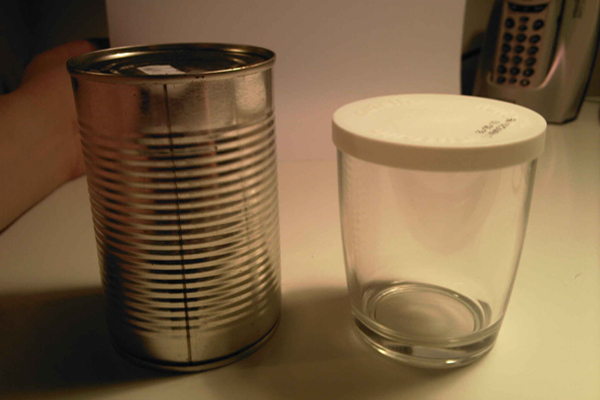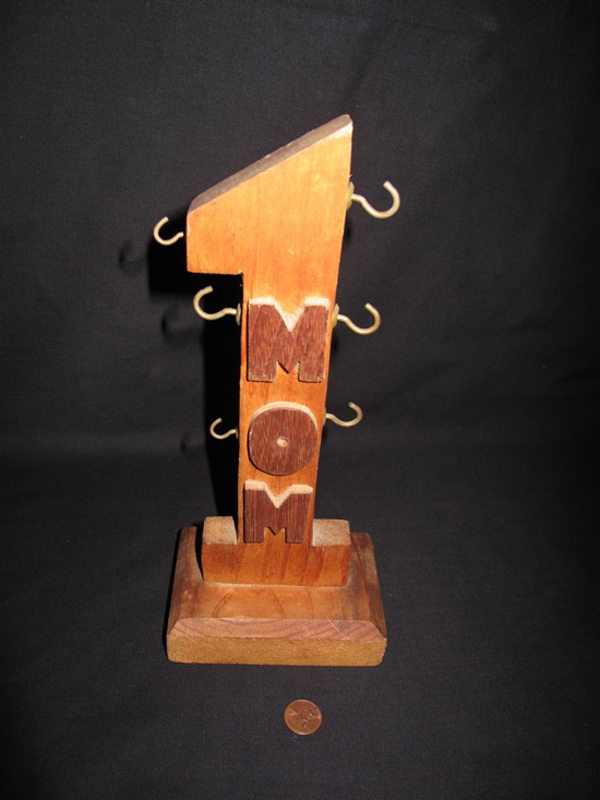 I found this ace bench somewhere- it's this guy Rogier Martens what made it. I like how it's conceptually interesting and also has a practical application (check his website for pics of it being used in a sort of amateur football club context). It links nicely to this guy that I've been meaning to blog for a bit.
I found this ace bench somewhere- it's this guy Rogier Martens what made it. I like how it's conceptually interesting and also has a practical application (check his website for pics of it being used in a sort of amateur football club context). It links nicely to this guy that I've been meaning to blog for a bit.

On the right is an empty Nutella pot which when depleted leaves a glass and a rubber lid thing: which in my quest to discover things that will fit tins as lids I have found works a treat on an old can. This is the fucking bomb, a product where everything gets either consumed or reused- not only that it turns another, otherwise waste, object into a functional useful container again. Forget your hemp weaved nappies or whatever the hell is considered 'eco' these days. I think this kind of design (accidental or not) is the way forward for sustainable consumption (even if those two words sit uncomfortably next to each other).

 (amazing title sequence by
(amazing title sequence by 




